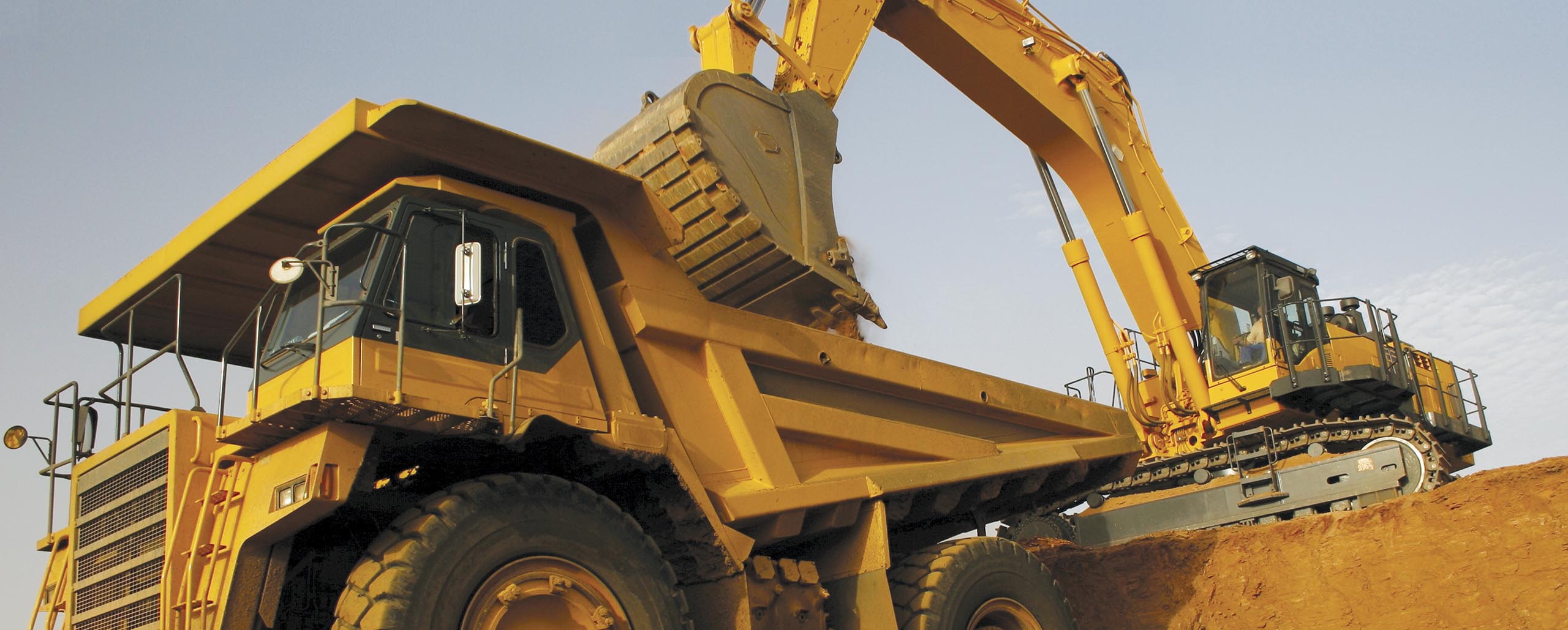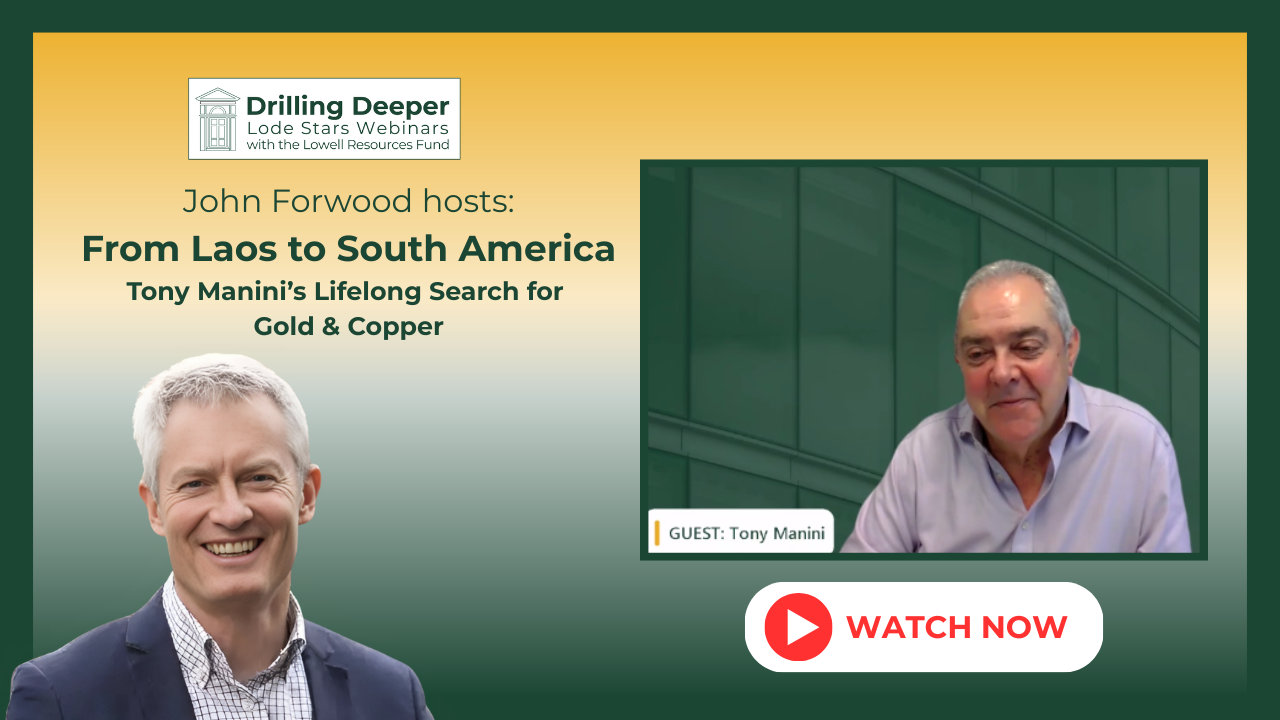Frequently Asked Questions
1. What does a Responsible Entity do?
Cremorne Capital Limited (Australian Financial Services Licence No. 241175) is the responsible entity of Lowell Resources Fund (LRT). A responsible entity effectively holds the role of trustee and manager of a registered managed investment scheme such as the Lowell Resources Fund. The responsible entity is responsible for the compliance and management of LRT but is able to outsource various functions to other parties under its monitoring and supervision. Cremorne Capital has contracted the investment management of LRT to Lowell Resources Funds Management Ltd, custody to Equity Trustees Limited and registry services to Automic Pty Ltd.
2. Isn’t there a Board and then executives like most public companies ?
LRT is a trust and not a company. A trust is controlled by a trustee that may take various forms (including individuals and corporates). Therefore, as a trust, LRT is controlled by a corporate trustee board (being the responsible entity).
3. What is a Registered Managed Investment Scheme?
LRT is a registered managed investment scheme. Therefore, in accordance with the Corporations Act, the trust must be registered with ASIC and be subject to additional compliance requirements such as:
- Preparation of a Compliance Plan outlining adequate measures that the responsible entity will apply when operating the registered scheme to ensure compliance with the Corporations Act and the scheme’s constitution;
- Annual audit of the Compliance Plan
- A Constitution (as distinct from a trust deed) that contains additional compliance requirements as prescribed in Chapter 5C of the Corporations Act;
- Preparation of a product disclosure statement that contains information about a financial product including any significant benefits and risks, the cost of the financial product and the fees and charges that the financial product issuer may receive.
- A compliance committee, where more than half of the members of the committee must be considered “external members”.
- The responsible entity of the scheme must be a public company.
4. Does LRT borrow or use debt to gear up its returns?
Whilst borrowing and gearing is permissible for LRT, as at 30 June 2022 no borrowing is undertaken for the trust. That said, should such a strategy be considered by the Investment Manager and Responsible Entity to be beneficial to unitholders of LRT, such a strategy may be implemented.
5. Does LRT undertake hedges or use derivatives to amplify returns or attenuate market risk?
The Responsible Entity for LRT (Cremorne Capital Limited) is not permitted to be invested in derivatives as its Australian Financial Services Licence does not authorise this type of investment. Whilst not all hedges involve derivatives, LRT does not currently (nor intend to) undertake hedging transactions.
6. What is the difference between units in a trust and shares?
A share or stock is part of an individual company. Unit (Trusts) are a collection of different (and usually related) shares.
For example, if you are investing in LRT, this is known as a Unit Trust (despite it trading on the ASX). Within LRT, your investment is made up of different company shares.
Another key difference, is that a trust must distribute all of its assessable income (or be taxed at the top marginal tax rate) to its members as a distribution of assessable income (this income retains the same nature as that received by the trust and is included in the recipients’ own assessable income in the same manner), whereas a company has the discretion to distribute any amount of its profit as a dividend to its members (and the company is responsible for initially meeting the tax liability on profits distributed).
7. The trust pays out 100% of its assessable income. So, if the value of the trust increases from $30m to $40m isn’t the assessable income $10m?
LRT must distribute as income to its unitholders the total assessable taxable income of the trust for each year ending 30 June. This differs from “profit”, because assessable taxable income includes only “realised” income and expenses of the trust. For LRT, its realised income is predominantly gained from profits on the disposal of the shares held by the trust (less any losses generated on disposals). LRT may hold significant assets which have yet to be disposed of and the movement of value in those holdings are considered “unrealised” income or losses to the trust. These unrealised amounts will vary the overall profit of the trust but are not included in taxable assessable income.
8. Does the Fund have ethical considerations? Some investee companies have projects in countries which may rank low on global corruption indices for example.
The Fund is, and aims to be, largely invested in ASX or Toronto Stock Exchange listed companies, which are subject to leading regulations in the areas of Environmental, Social and Governance (“ESG”) and Anti-Bribery & Corruption (“ABC”). In addition, the Fund is, and aims to be, dominantly invested in lower-risk jurisdictions such as Australia, Canada and USA. When considering investing in unlisted companies or companies doing business in developing countries, the Investment Manager will always first consider ESG, ABC, modern slavery and child labour issues and strive to ensure that it selects only investee companies which hold themselves to high ethical standards.


